We are paying more attention to numbers these days than we usually do, between Covid infection rates and the vote totals that will determine the direction of public policy over the next four years. And so, I will take the opportunity to slip in these for your review, so long as we are paying attention to sums of far greater moment. My figures are rather disappointing – perhaps, in that way, like some of the others.
Despite a meteorological year that was far more conducive to both vegetables and fruit than ones recently past, overall production on the farm was underwhelming this past season. This runs broadside against my perception of the year, which is that it was like those prior to 2016 when we had much more normal amounts of precipitation, decent heat and relatively abundant sunshine than we’ve seen recently.
Tomatoes were in abundance this season, it was not the year of the vine crops. Photo by Rob McClure
Pototatoes did well at 12 lb/share overall. Photo by Erin Schneider
Indeed, this past growing season erred on the dry side in mid- and late-summer, which is precisely what vegetable growers prefer once the main-season crops have sized-up. This worked to our advantage in a number of ways, most obviously in a record tomato harvest, with nearly 19 lbs/per share, surpassing even 2014 with its 17 lbs. Potatoes also did well at 12 lbs/share, and thankfully did not suffer late-blight which infected the crop in September last year. Sweet peppers did well but not spectacularly so, with a fair number of ripened peppers but also a large amount remaining green. Eggplants and hot peppers were a bit of a bust, in part because of a somewhat shaded location.
Despite a generally dry curing period in late July and early August, onions exhibited a surprising amount of rot, which seems to have infected 15-20% of the bulbs during a single light rain event near harvest. The 4-5 lbs in the shares this year ranked as near to slightly below average.
Vine borers were our nemesis in 2020. Cucumbers (~1 lb/share) and winter squash (~5 lbs) both took enormous hits, with summer squash (as they tend to do) somehow muddling through to produce near average quantities (~ 6 lbs/share).
Beets did superbly (as you may have noticed), producing nearly 7 lbs per share, and carrots did OK at roughly half that. Our final, main-crop planting in early June turned out to be almost infertile, or we’d have otherwise matched the beets.
Fruit was a disappointment from start to finish -- except for aronia of course, which would over-produce if planted on Mars. Currant harvest was OK but not exceptional; cherries were (once again) destroyed by birds despite assiduous netting of trees. Pears were modest at best -- owing in part to our dereliction in pruning our primary-producing tree over the past few years -- and kiwi were virtually non-existent (still trying to diagnose difficulty). Apples suffered from bird predation, a problem completely novel after 40 years of growing the fruit. The top-sides of the pomes were repeatedly pecked-into, whether for insect or seed retrieval. Thankfully, we had enough untouched fruit between our orchard and a few wild trees to provide roughly three pounds per share.
The saying, “You grow pears for your heirs, rang true this season as we experience decreased yields from our older trees and a slow timeframe from planting to fruit set for varieties planted within the last 7 years.
Put it all together, and the share this year weighed-in at 103 lbs, the lowest in the past 10 years, just behind 2017 with its 106 lb total. The average since 2010 is in the 130-140 lb range.
Winter squash and cucumbers (both weighty commodities which add-up quickly) were a large part of the deficit this year, as were tree fruits. Because both winter squash and tree fruits are also fairly dense calorically, total calories delivered this year over the 20 shares averaged ~ 17,000, compared with an average over the past 10 years in the 22,000 calorie range.
Productivity per square foot of soil was down slightly from past averages, to ~41 calories/sf for the vegetable patch, overall. (Potatos, a perennial best-performer in this regard, achieved a record return of 360 cals/sf). Thick winter cover-cropping, along with a healthy dose of the organic compost which we had trucked-in this past Fall, should improve those numbers generally again beginning next year.
Financial productivity was also down slightly from past years, with returns of roughly 66 cents/SF.
We kept quite accurate account of the amount of non-renewable fuel used on farm for vegetable production this year. The .7 gallons of gasoline we ran through our tiller converts to a calorie-out / calorie-in ratio of nearly 15, or roughly 150 times the conventional ag average of .1.
As usual, Erin and I want to thank you for supporting our livelihoods this past season. We are lucky to be in an “essential” trade, and one that we can ply while happily sequestered on our farm.
With Erin taking a break from farming next year, I have been tempted to follow suit and see what other useful projects might be engaged (I know there are many) while giving the soil a rest. But, I’ve made no final decision in this regard, and a number of factors still need to be weighed-up in deciding what to do. But, should we put the CSA on hold, we’ll provide you plenty of time to line-up other possibilities for the coming season.
We wish you the best for this coming feasting season, even if we can’t join you for any of those feasts this particular year.




